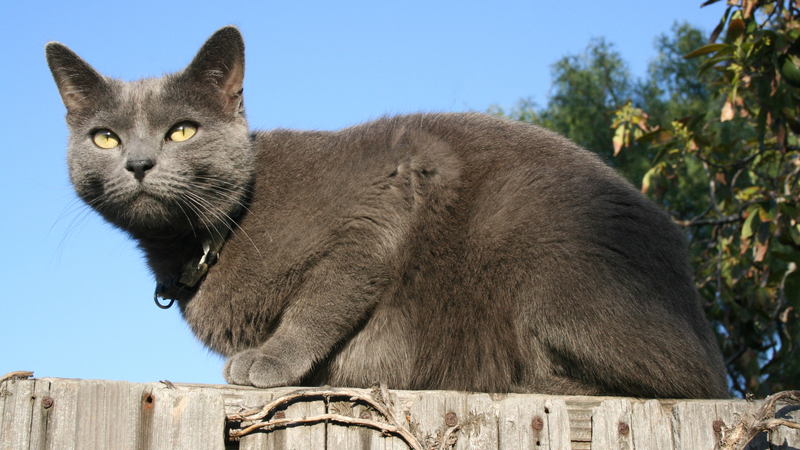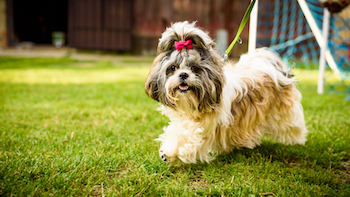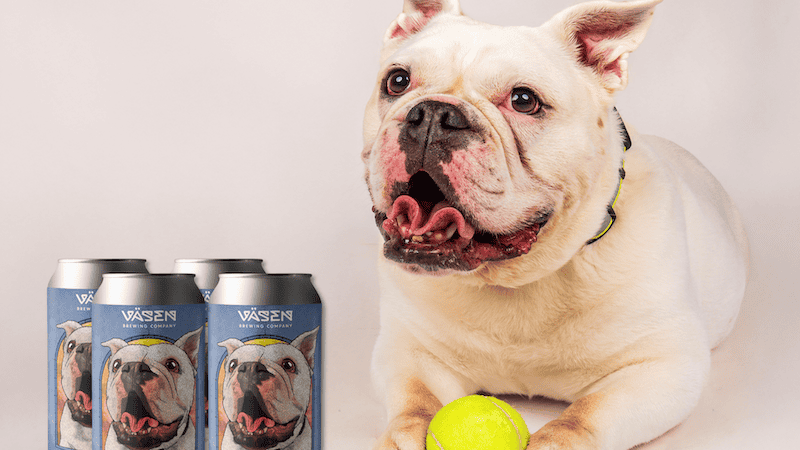Cat-Proof Fencing Keeps Your Kitties in Your Yard
Plus getting your pet to poop on command

In this edition of “My Pet World,” pet advisor Cathy M. Rosenthal offers advice on finding cat-proof fencing to keep your cats in your yard and suggestions for teaching a dog to poop on command.
Dear Cathy,
I called our local pet store and asking about cat-proof fencing and was told it is not something in their inventory. Do you have any suggestions for retailers who might carry this product?
– David, Orlando, Florida
Dear David,
You are a great neighbor for wanting to keep your cats in your yard. This is not only safer for your felines, but respectful of your neighbors who may not be into cats. Unfortunately, these items aren’t usually available at retail stores. If you go online, however, and type in “where to find cat proof fencing,” you will find many options. Read the reviews from the people who have used these products, so you can determine what might be best for your particular feline. Basically, there are three primary ways you can cat-proof your fence.
The first is adding a roller bar to the top of the fence. These are repurposed coyote bars meant to keep coyotes out of a fenced area. The idea is the cat won’t be able to maintain a grip while trying to jump or climb over the fence. There are do-it-yourself videos and commercial products you can install yourself. The second is adding a fence topper or netting extension. All of these products work fairly well, but if you have a raised bed or tool shed where a cat can come at it at a different angle, he or she may figure out a work-around. So, take into consideration your cat’s motivation to get out of the yard when considering your options. Please note that these options keep your cats from getting out of the yard but does not guarantee predators won’t find a way in.
The third and safest option is a catio (screened-in area) or a cat tent, which keeps your cat in an enclosed space, but allows them the opportunity to enjoy fresh air. Make sure your cat has access to water and a litter box if they will be in a catio or cat tent for more than 30 minutes.
Finally, if your cats are going outdoors, make sure they are on flea and tick preventatives.
Creating a Pet-Friendly (And Human-Friendly) Home
Cathy Rosenthal on Keeping Cat Out of Your Yard
 Dear Cathy,
Dear Cathy,
I have an eight-year-old Shih Tzu. He is a walker, stopping at 12 to 15 poles and walking 8 to 10 blocks twice a day before he decides to poop. I would like for him to go into the backyard on rainy and snowy days, but there are no trees in my backyard. Is it too late to convert him to poop in the yard? It would save me from walking in bad weather.
– Norman, Plainview, New York
Dear Norman,
Start by teaching your dog to poop on command. As soon as he starts to pee or poop during your walks, say “go potty,” and then follow it with a reward word, like “Bingo,” and a high value treat for doing it. Repeat this every time he urinates or poops during the walk. When you know he understands the phrase, begin telling him to “go potty” before he indicates he has to go to see if he will follow your command. If he associates it with the high value treat, he should do it.
After about two weeks of him obeying this command while on your walks, take him into your backyard when you know he has to relieve himself and while on a leash (since he is used to reliving himself while tethered to you) and give him the command as you walk him around the yard. Then wait for him to go potty. When he urinates or poops, use your reward word, and give him a high value treat. If he doesn’t “go potty” on command after 10 minutes, bring him into the house for 20 minutes and then take him back out again, and repeat this process until he goes.
From this point forward, take him into the yard on a leash and give the command BEFORE you go for your walk. Once he relieves himself, take him on a walk as a reward.
Once he gets the hang of going on command on leash, you can let him into the yard without the leash and give him the command from your back door, and he should go. Always give him the reward word and treat when he does to continually reinforce this behavior, since this is a new behavior for him.
As for your barren backyard, add a few potted plants, so he has something to urinate on.
Cathy M. Rosenthal is a longtime animal advocate, author, columnist, and pet expert who has more than 25 years in the animal welfare field. Send your pet questions, stories, and tips to cathy@petpundit.com. Please include your name, city, and state. You can follow her @cathymrosenthal.
© Tribune Content Agency, LLC
Boomer has vetted all products recommended in Pet World articles, so you don’t have to! As an Amazon Associate, Boomer Magazine earns from qualifying purchases of linked products.


